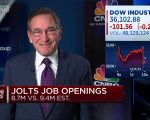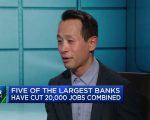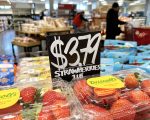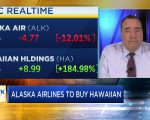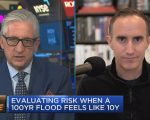A sign at a Chick-fil-A fast-food restaurant in Columbia, South Carolina, advertises jobs at $15 per hour.
Jeff Greenberg | Universal Images Group | Getty Images
A strong jobs market could equal a weak stock market if current trends hold up.
Friday’s nonfarm payrolls report will provide a major test for Wall Street, which has been on edge all week about a surprisingly resilient labor picture. The fear is that if the tight labor market holds up, the Federal Reserve will hold interest rates high and jeopardize the U.S. economy at a critical time.
Economists surveyed by Dow Jones expect that September will show a net 170,000 new jobs. Significantly more than that could provide a good-news-is-bad-news jolt to an already reeling market.
“The market views all components of the report via the eyes of the Fed,” said Quincy Krosby, chief global strategist at LPL Financial. “Clearly the market is hoping for a headline number that reinforces a labor market that has slowed but remains resilient.”
Earlier this week, the Labor Department reported that job openings posted a surprising jump in August, rising to their highest level since the spring and reversing a recent trend of declines. Fed officials watch the metric closely as an indicator of tightness in the labor market.
Stocks tumbled Tuesday following the report, called the Job Openings and Labor Turnover Survey, triggering concerns that another slide could be in store if Friday’s count also is strong. Treasury yields also hit a 16-year high, possibly indicating fear of higher rates from the Fed.
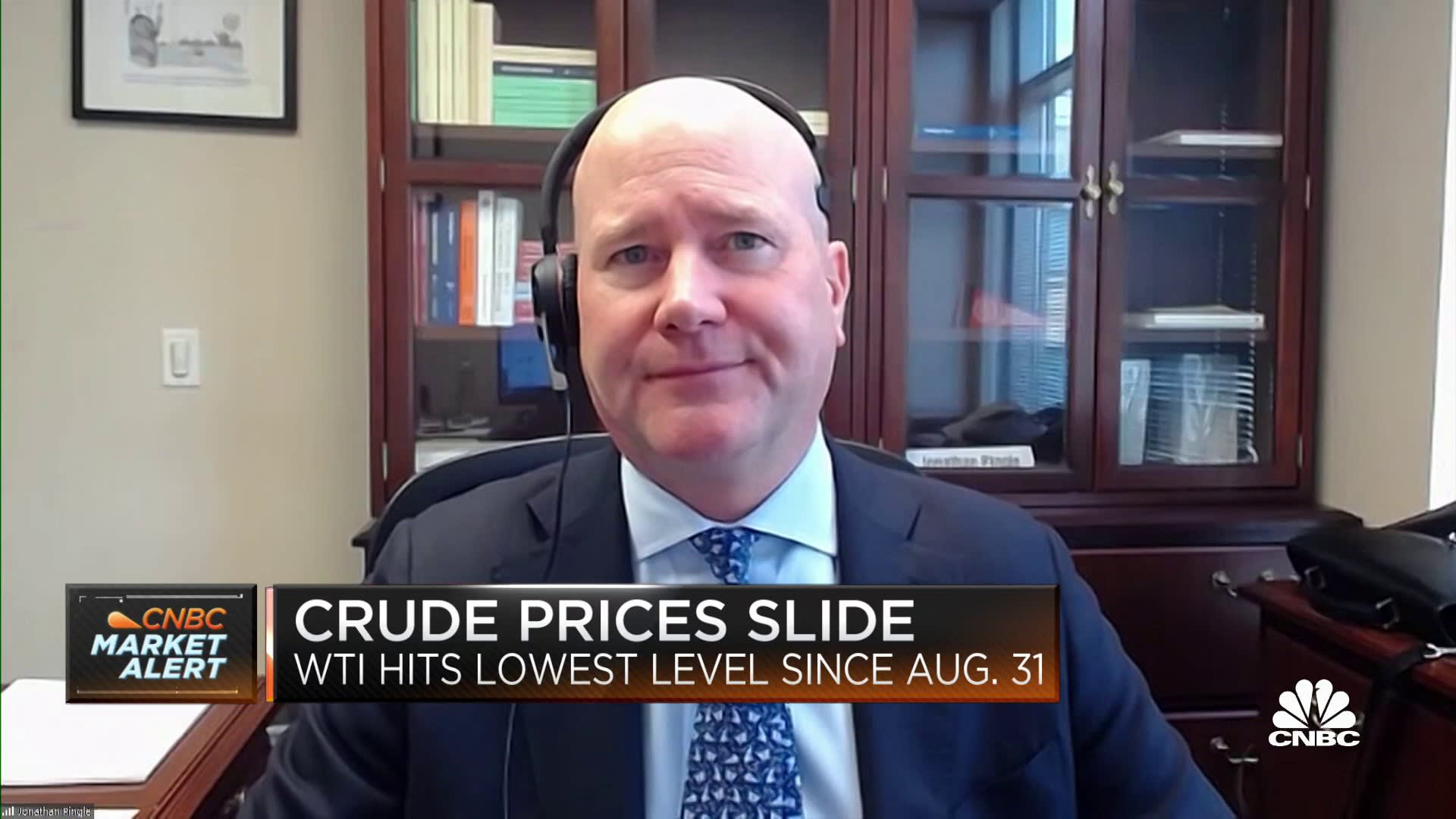
“You get a slew of strong data here, you can very easily put a November rate hike back on the table” for the Federal Open Market Committee, UBS chief economist Jonathan Pingle said Thursday on CNBC. The FOMC is the central bank’s rate-setting body.
As of now, markets see little chance of a Fed move when its next meeting ends Nov. 1. There’s just a 19.6% chance of a hike, according to fed funds futures prices measured by the CME Group’s FedWatch Tool as of Thursday afternoon. Even for December, the probability is just 32.6%.
However, that could change with a hot payrolls number, which is what some on Wall Street are expecting.
Goldman Sachs, for one, is forecasting job growth of 200,000. Citigroup is even higher, looking for 240,000. ADP reported Wednesday that private payrolls increased by just 89,000 in September, though that report often differs sharply from the Labor Department’s official count.
Indeed, weekly jobless claims have been trending lower the past few weeks, indicating a reluctance on the part of employers to cut payrolls.
“Bottom line, the first response on the part of an employer when the economic visibility gets more cloudy is to hire less,” said Peter Boockvar, chief investment officer at Bleakley Advisory Group. “We’ll most likely see more evidence of that [Friday], but employers in the aggregate are not yet looking to trim the size of the workforce, as evidenced by a still-low level of initial claims.”
Markets also will be looking closely at worker wages and the labor force participation number.
The expectation on the wage side is for an increase of 0.3% in average hourly earnings, a number that was up just 0.1% in August. The unemployment rate, which is influenced by participation, is expected to nudge lower to 3.7%.

